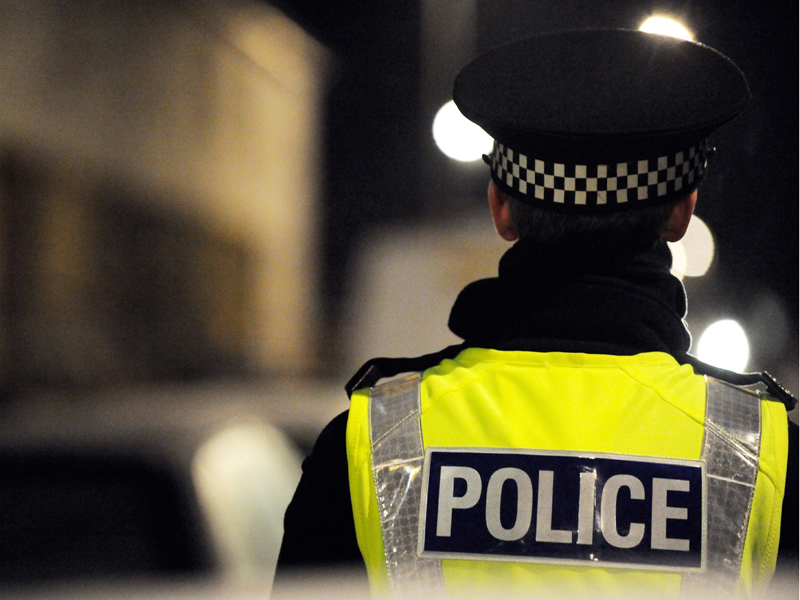Police in Aberdeen faced a surge in housebreaking over the past year – but are winning the battle against violent crime in the city.
Statistics for the first year of Police Scotland published yesterday showed an increase of more than 50% in reported break-ins to homes, from 342 to 521.
A senior city councillor last night urged all home-owners to be “vigilant”- even if they believe they are living in a safe area.
Aberdeen’s top policeman said the numbers returned to something approaching a normal level after hitting an “unprecedented” low the previous year, but insisted “one crime is a crime too many”.
Chief Superintendent Adrian Watson, divisional commander for the area, also welcomed a drop in serious assaults, alcohol-related crime and road deaths.
Politicians, meanwhile, raised concerns about an increase of almost 40% in the use of controversial stop and search tactics.
Former Grampian Joint Police Board convener Martin Greig was also critical of the way in which Police Scotland reported the numbers, saying it lacked “proper analysis”.
Mr Watson, divisional commander for the Aberdeen City area, insisted the force had adapted well to what has been “significant change” in the last year.
He said: “Detection rates are well up across the board, violent crime is down, and we have seen a real reduction in alcohol fuelled violence in the city centre.
“Housebreaking is a priority, the challenge for us there is that in previous years we got housebreaking down to levels that were unprecedented.
“The year before was one of the lowest we have ever had, and this is a return to more of a norm. But one crime is still one crime too many.”
Car crime, which has hit the headlines following the conviction of a group of young men for the theft of hundreds of thousands of pounds worth of high-end vehicles, was also down.
The figures show a drop in reported motor vehicle crime of 4.3%, or 67 incidents, from 2012/13 to 2013/14.
Mr Watson said he hoped the reduction was in part down to home-owners heeding advice to lock up, and added that sentences handed down to car thieves would act as a deterrent.
There was also a drop in reported incidents of fire-raising and vandalism.
Detection rates of more than 100% were recorded for speeding and other motoring offences.
More incidents of domestic violence were recorded, but that was put down to more people having the confidence to come forward and report crimes.
Mr Greig, the last convener of the police board before the establishment of the single force, said the “bare” statistics were “not helpful” for appreciating the true work of the police.
He said: “A comparison between one year and the previous year is not useful because you need to have an explanation of the trends.
“A proper analysis would highlight key risks and threats.
“A narrative should have been included to explain the patterns of criminal activities and how the force are dealing with the situation in a strategic way.”
Ross Thomson, Conservative councillor for Hazlehead, Ashley and Queen’s Cross, said there had been a rise in “opportunist” thieves in his ward.
He added: “We have seen more instances recently in Craigiebuckler.
“People feel comfortable in the area in which they live, and they feel safe, but leaving a vestibule door open or a car unlocked can leave them open to opportunist thieves who might be going around just trying doors.
“These are not professionals, but people should be vigilant at all times and make sure their properties are secure.”
SNP MSP for Aberdeen Central, Kevin Stewart, credited the high detection rates to the success of the single force.
He said: “This is very welcome news and I am convinced that the reason that crime rates are at a 39-year low is because of the Scottish Government’s commitment to having a 1,000 extra police officers.”
